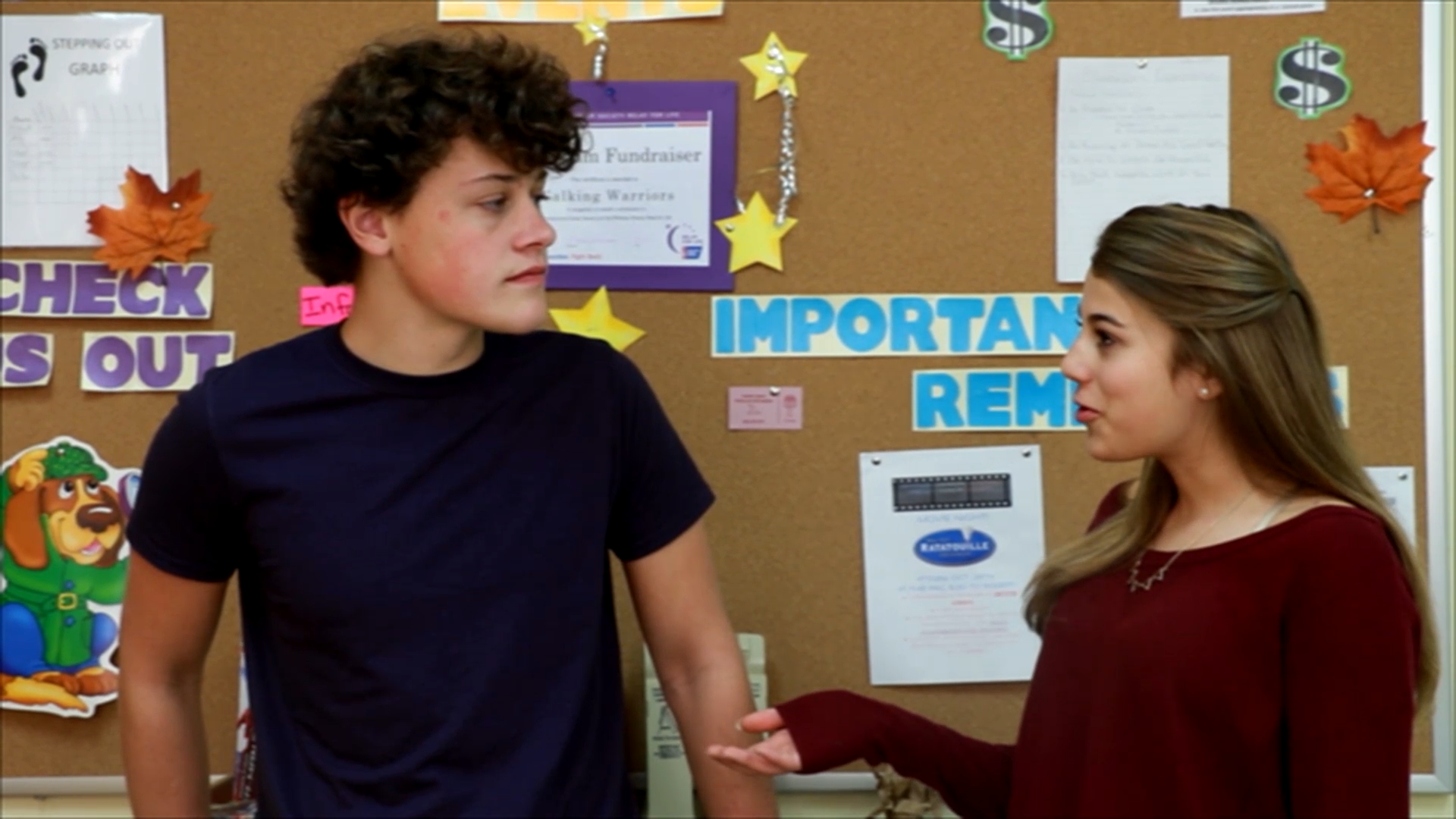
Introduction
Teaching students to converse effectively is a crucial aspect of their social-emotional development. One essential component of conversations is taking turns. By learning to take turns, students can improve their listening and communication skills, leading to more productive and meaningful exchanges with their peers. This blog post will provide an overview of taking turns in conversations, a no-prep activity for educators, discussion questions, related skills, and next steps for further exploration.
No-Prep Activity
Here is an easy-to-implement, no-prep activity to help students practice taking turns in conversations. This activity, called “Turn Taking Tennis,” requires no additional materials and can be done in a classroom or small group setting.
- Begin by explaining to the students that they will be practicing taking turns in conversations, just like in the example provided.
- Have students pair up and sit facing each other.
- Ask the students to think of a topic they would like to discuss with their partner. It could be their favorite movie, hobby, or anything else they find interesting.
- Inform the students that they should take turns speaking, with each person saying one to three sentences before allowing their partner to respond. Encourage them to listen carefully to their partner’s response and ask follow-up questions or share their thoughts on the topic.
- After a few minutes, have the students switch partners and repeat the process with a new topic.
This activity allows students to practice taking turns in conversations, improving their listening and communication skills in a fun and engaging way.
Discussion Questions
After completing the activity, engage the students in a group discussion to deepen their understanding of taking turns in conversations. Here are some questions to help facilitate the discussion:
- Why is it important to take turns in a conversation? How does it affect our communication with others?
- How did you feel when your partner listened to you and responded thoughtfully? How did it impact the conversation?
- What challenges did you face while practicing taking turns in conversations? How can you overcome these challenges?
- How can you apply the skills you learned in this activity to other areas of your life, such as school, home, or friendships?
Related Skills
In addition to taking turns in conversations, there are other important social-emotional skills that students can benefit from learning and practicing. These skills include:
- Active listening: Paying close attention to what someone is saying and responding appropriately.
- Empathy: Understanding and sharing the feelings of others.
- Respect: Treating others with kindness and valuing their opinions.
- Self-awareness: Recognizing one’s own emotions and understanding how they affect our behavior and relationships.
By incorporating these related skills into their social-emotional learning, students can further improve their communication abilities and foster stronger connections with their peers.
Next Steps
If you found this guide helpful and want to explore more resources for teaching social-emotional skills, be sure to sign up for free samples of our materials. You’ll gain access to a variety of engaging and effective resources that can help you support your students’ social-emotional development. Don’t miss out on this opportunity to enhance your teaching toolkit and empower your students to thrive in their interpersonal relationships.

